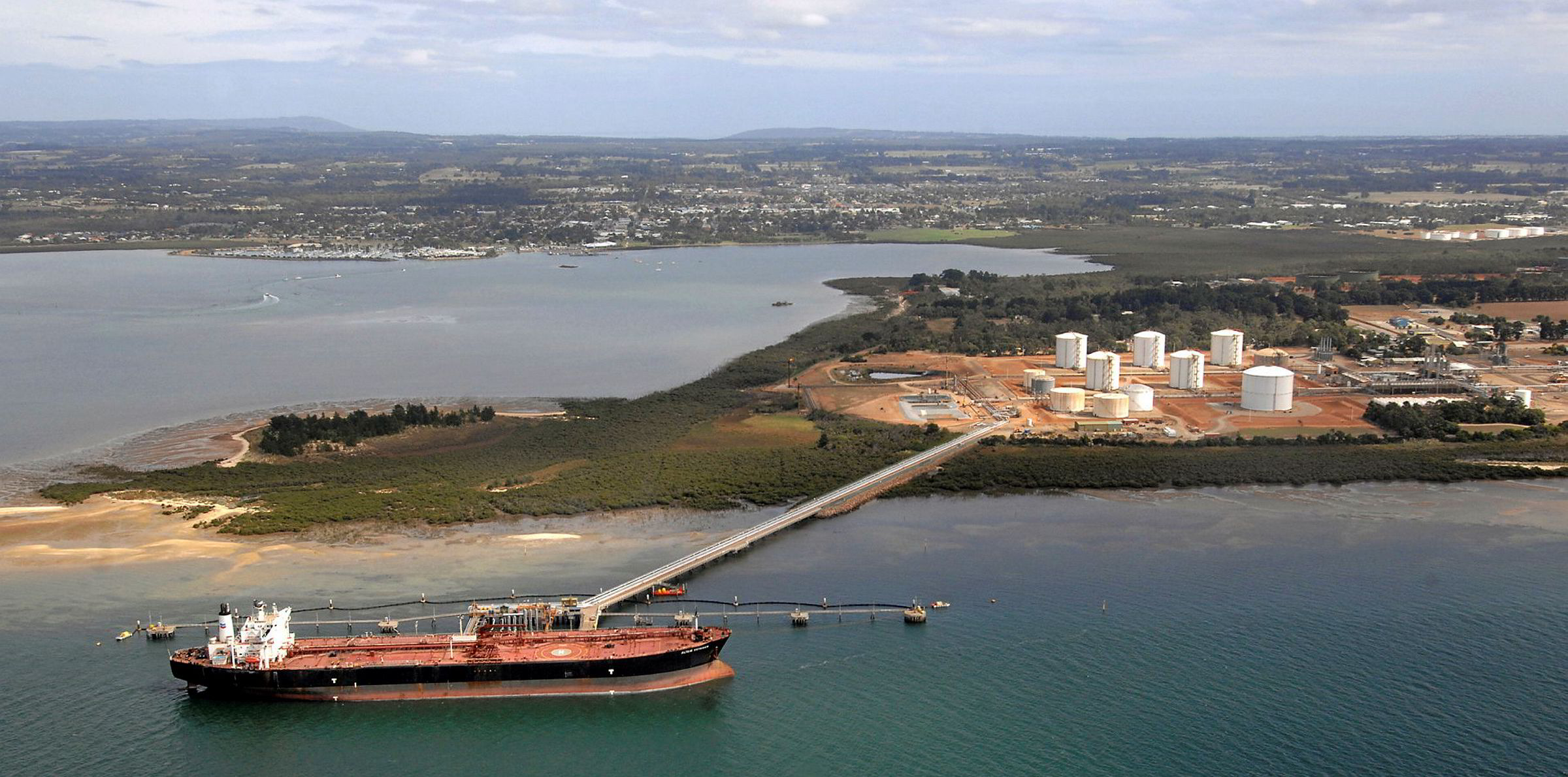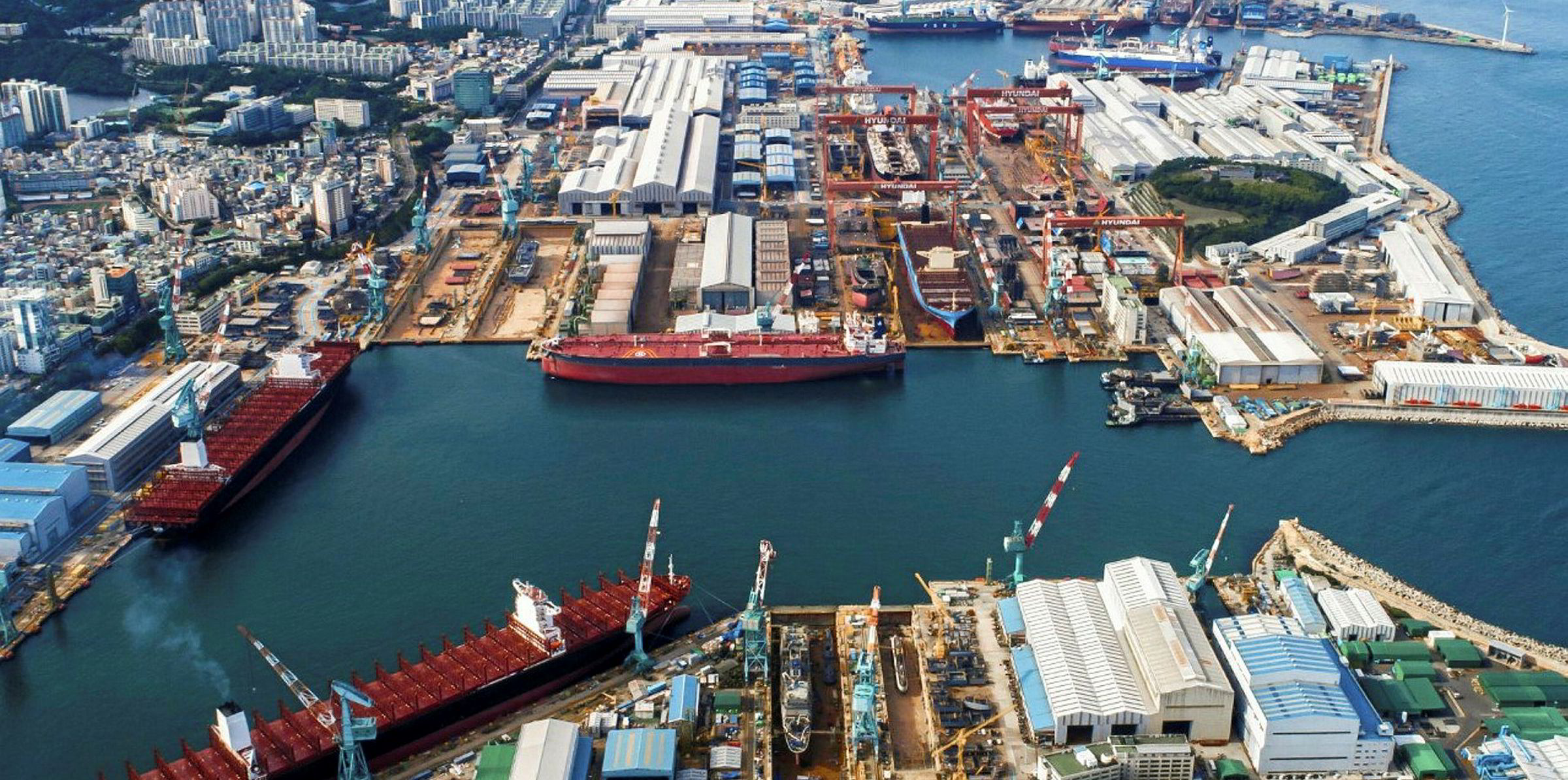Australia has become one of the main demand drivers for product tankers in the Pacific trade, with industry experts highlighting its potential for further growth as more domestic refineries could be shuttered.
While product tanker rates have softened across the globe in recent months, shipowners managed to achieve better returns for transporting gasoline, diesel and jet fuel to the Asia-Pacific country.
The Baltic Exchange estimated MR earnings on the TC7 Singapore-east coast Australia route at $10,776 per day on Friday, up 98.2% over the past three months.
This is also the highest among the 15 LR and MR tanker routes the London-based exchange assesses daily.
“The tanker market starts to gradually realise the potential future strength of Australia as an import market,” Vortexa senior freight analyst Arthur Richier told TradeWinds. “We have seen the freight rates going up.”
Rising import requirements
Australia’s oil demand has been on a long-term downwards trajectory amid a switch to gas and renewable energy, but the pace of decline is much slower than that of reduced refining capacity.
BP shut its Brisbane refinery with a crude process capacity of 102,000 barrels per day (bpd), Ampol closed its 135,000-bpd Kurnell refinery and Shell its 75,000-bpd Clyde plant between 2012 and 2015.
The moves were because they were not competitive against larger, more modern refineries in other parts of Asia.
Driven by the domestic supply gap, Australia has since become a top growth market for refined products and clean tankers, oil and shipping analysts said.
Total imports of oil products reached 36.1bn litres in the financial year to 30 June, up by 3.3bn litres from five years ago, according to official data.
“The country has been an important market for Asian products for a while,” said one of them. “TC7 is now the benchmark Asian route.
“We will see more potential in the future.”
With the coronavirus pandemic hitting refining margins, Ampol is mulling over the permanent shutdown of its 109,000-bpd Lytton refinery and Viva Energy its 120,000-bpd Geelong refinery.
Domestic media reported that the plans may be pending on Canberra’s rescue package, expected to be unveiled by year-end.
A promising market
Australia generally imports refined products on MR shipments from other Asian suppliers, but some of its terminals are capable of receiving LR vessels.
Chevron, Shell, BP, Glencore and Vitol — which launched Viva Energy — have been among the most active charterers for this market, Kpler data shows.
If the two refineries are to be closed, analysts believe Australia would hike imports further and may need to seek larger shipments from farther afield.
“We actually see a shift of potential oil flows that could happen because of the refinery shutdowns,” said Richier, adding that Australia could become “the new staple” for the Asian product tanker market.
While Singapore and South Korean have been traditionally the top suppliers to Australia, figures from Vortexa suggest the country is also importing more from China and India.
“As the demand increases, [Australian oil firms] are going to want to maximise economies of scale and they may draw in some more LR1s or LR2s,” Richier said.
“At the end of the day, shipping is about economies of scale.”






